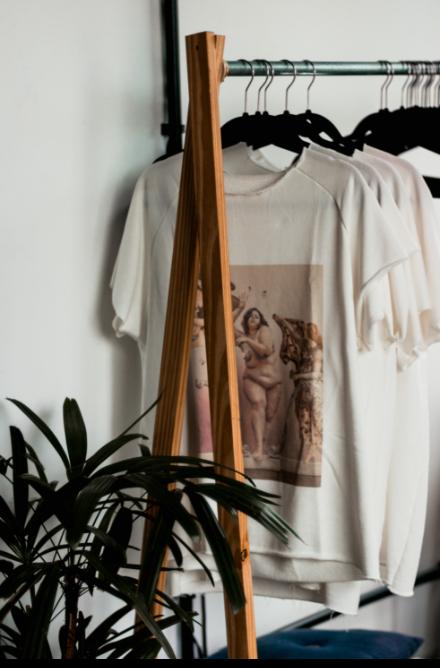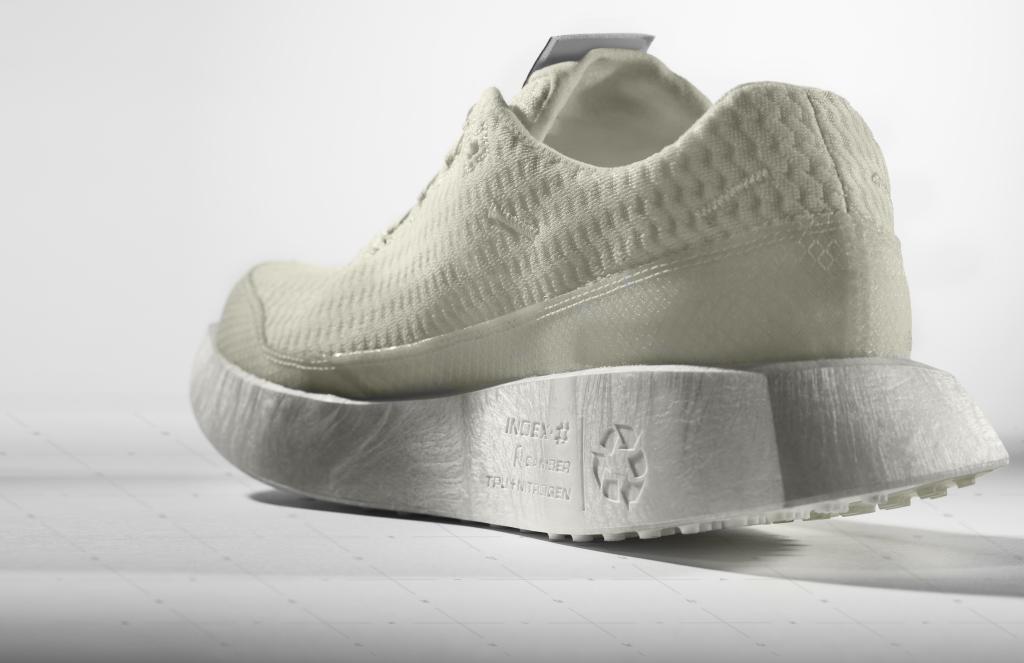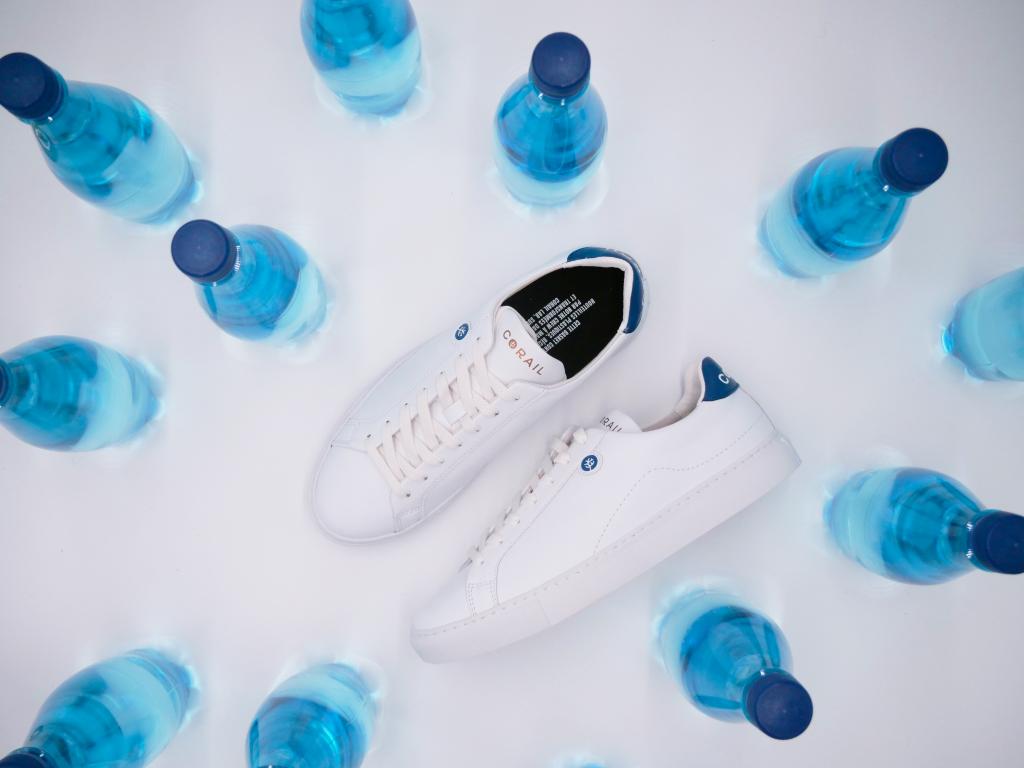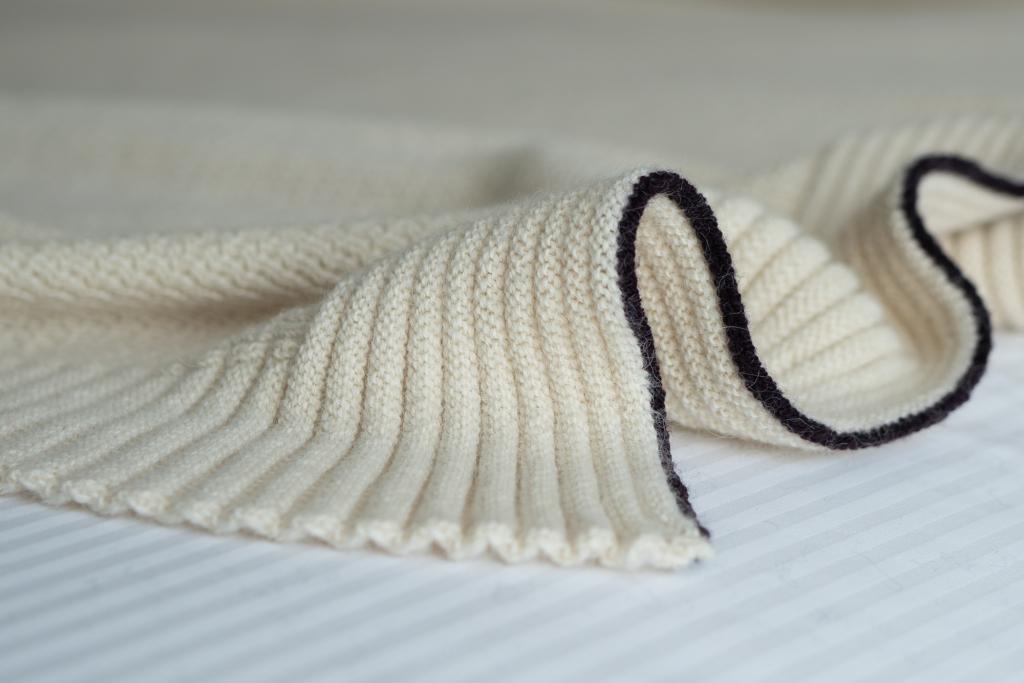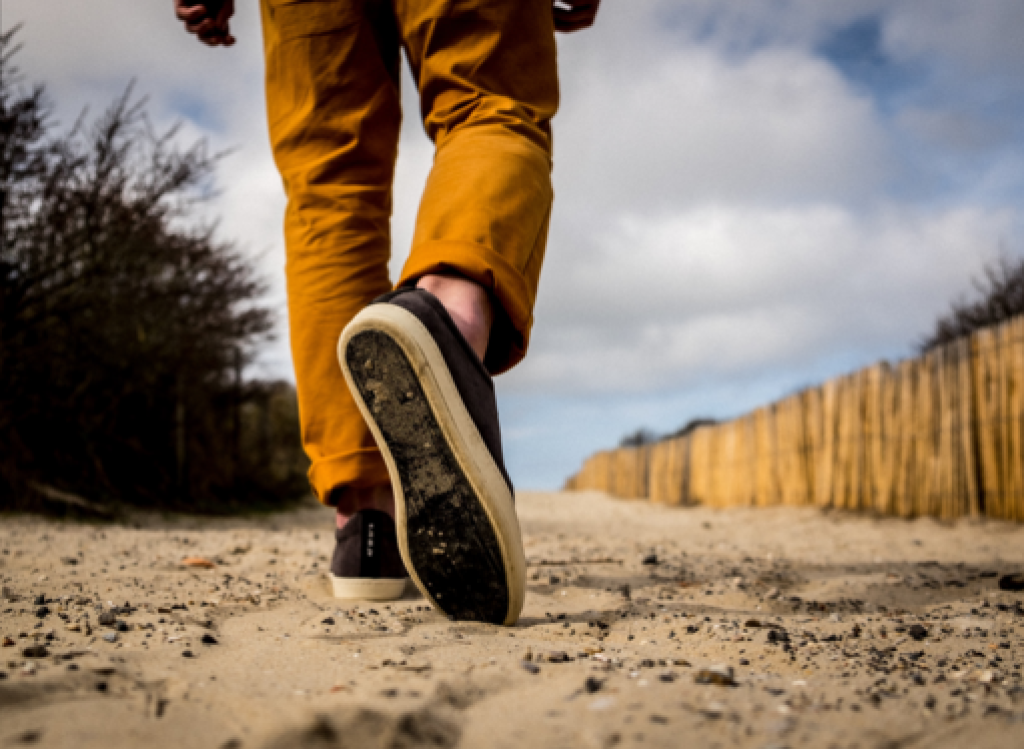Context and description
In 2019, more than 97% of the raw materials used to produce clothing textiles were virgin raw materials. 2% of raw materials came from other industries (namely PET bottle recycling) and less than 1% from clothing recycling. Yet integrating recycled raw materials from end-of-life products (for example used textiles and bottles) or production waste (fibres, offcuts or other industrial waste) enables the use of non-renewable resources to be limited.
In this same logic, circular economy approaches aim to design collections in such a way as to capture the reuse potential of materials from the outset in order to work in a closed loop and recycle any waste or scraps.
Integrating recycled materials in textile collections must come within a more global material policy and must occur progressively, firstly via adapted sourcing and then within an industrial cooperation logic in order to adopt a circularity dynamic.
